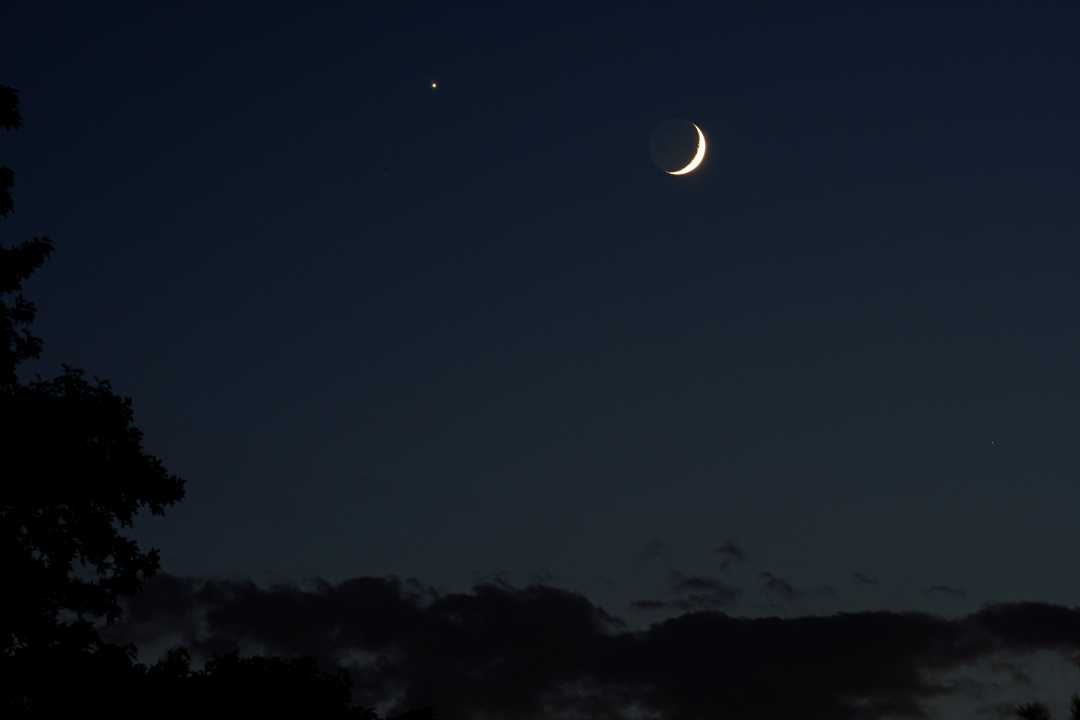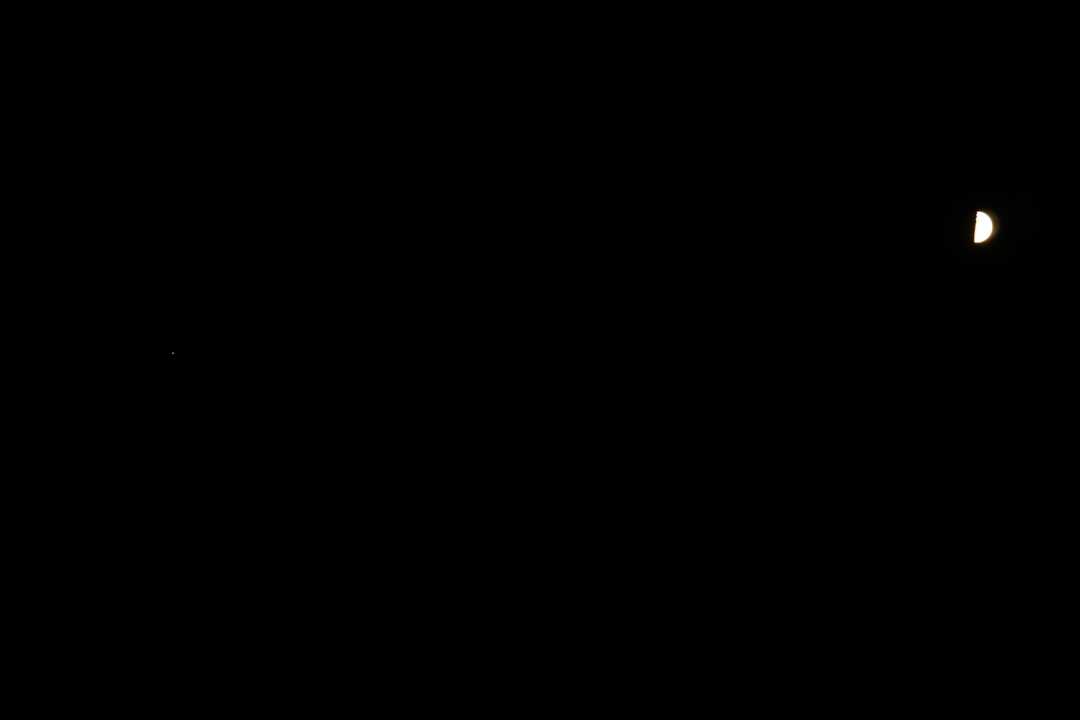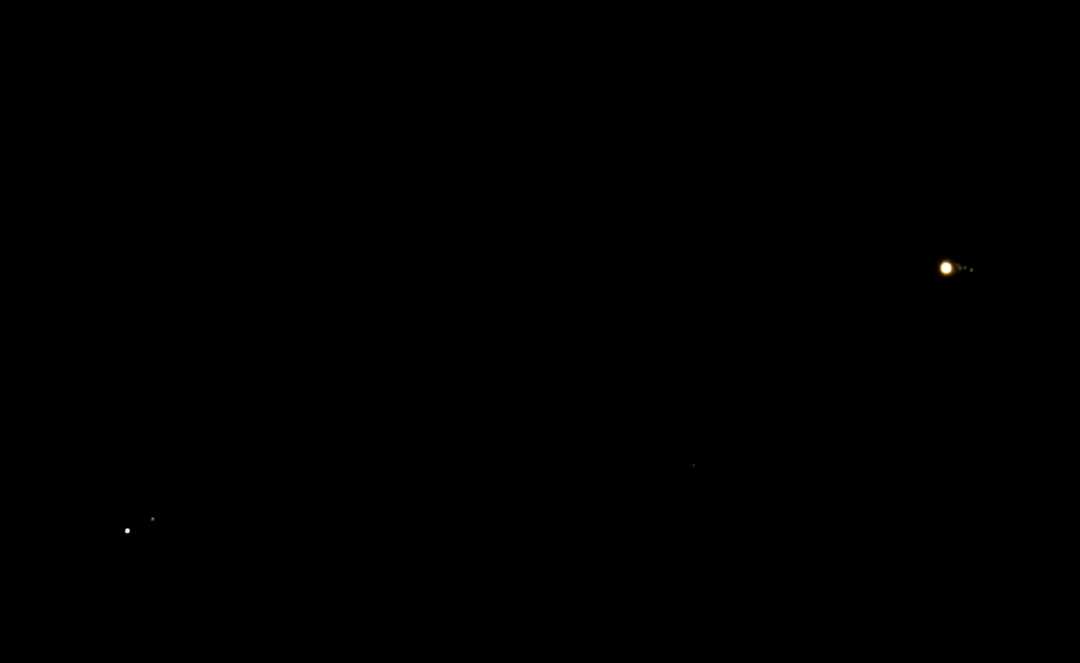Moon anf Venus over Cannon Beach, Oregon, USA
Forums › The Cloud Forum › Moon anf Venus over Cannon Beach, Oregon, USA
- This topic has 4 replies, 2 voices, and was last updated 7 years, 5 months ago by
 George Preoteasa.
George Preoteasa.
-
AuthorPosts
-
-
July 17, 2018 at 4:09 pm #285560
Laurence Green
ParticipantA marvellous photo which I felt needed to be shared with CAS members for their enjoyment.
This photo, released today (17th July) on the NASA’s APOD page shows “our” Moon and planet Venus close together bathed in beautiful sunset from planet Earth – our home. The clouds make the picture really nice indeed.
Photo location:- Cannon Beach (aka The Needles), Oregon, USA.
https://apod.nasa.gov/apod/ap180717.html
Laurence
-
July 18, 2018 at 3:33 am #285642
 George PreoteasaParticipant
George PreoteasaParticipantLaurence, this is a beautiful picture, thanks for sharing. I was chasing the same event, publicized by EarthSky. Unfortunately, I don’t have the same background for my shots, so they are more modest. But you can also see Mercury in the first one, lower than the moon, to the right. (May need to enlarge it.)


-
July 19, 2018 at 5:14 pm #285956
Laurence Green
ParticipantThank you kindly, George.
I am glad to know my posting took to your liking,
I have a love of planets. Mercury I have yet to see in all the years I have been looking to the heavens.
A very elusive planet to see. And, not helped by horrible light pollution. I’ve not seen a truly black sky for ages and star spangled at that.
Thanks.
Laurence
-
July 20, 2018 at 2:14 am #286020
 George PreoteasaParticipant
George PreoteasaParticipantYes, that’s said. Still I can see planets on clear nights when the air is clear, polar air from Canada. Like tonight, when I hope to see Jupiter. And that’s in Queens, one of the New York City boroughs.
-
July 20, 2018 at 3:51 am #286031
 George PreoteasaParticipant
George PreoteasaParticipantAnd sure enough, there is Jupiter, tiny dot on the left. The moon is very bright, so I had to reduce sensitivity (ISO), which makes Jupiter look very dim, but it was quite bright.

Further, panning to the left, now Jupiter is on the right and Zubenelgenubi on the left. The telephoto is at its max (450 mm) and I notice some details. There is a little tail near Jupiter, they are its moons. And you can see Zubenelgenubi is actually double star. I did not think i could see all that with my equipment.

And while taking these pictures and verifying with the Sky Guide app, a bonus: the ISS comes into the pictures and quicky moves on. That I captured in a hurry with my old iPhone, it was quite bright.
-
-
-
AuthorPosts
- You must be logged in to reply to this topic.






